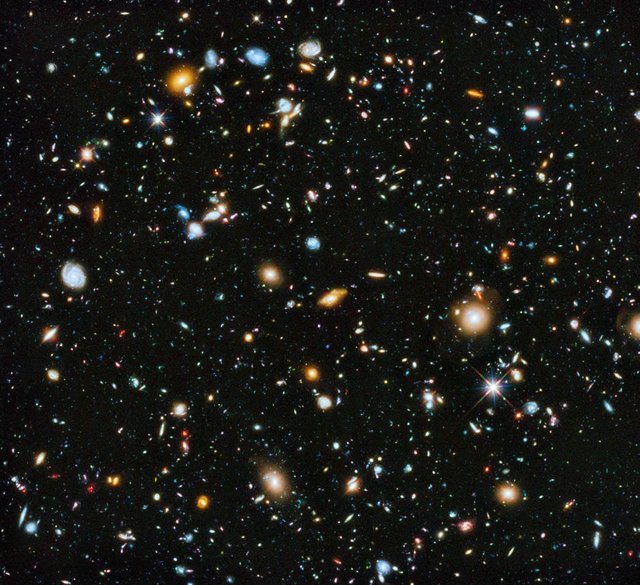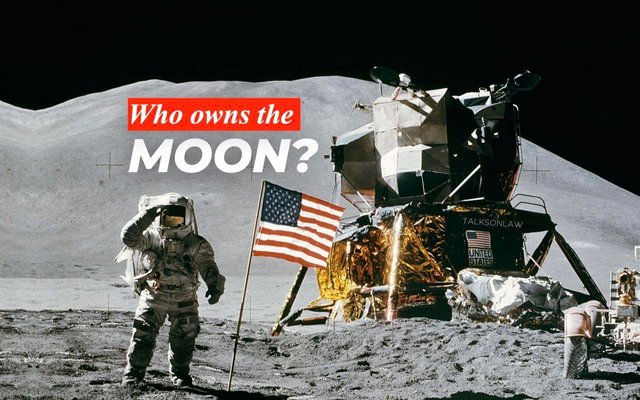
There’s something vertiginous and confusing about taking one’s life seriously, until a new sense of scale alters that perspective.Photograph courtesy NASA, ESA, CSA, and STScI
Since its send off, ostensibly the most unpleasant karma the James Webb Space Telescope has had is hitting a micrometeoroid the size of a grain of sand. Yet, of the 300 and 44 subtleties that were once recorded as things that could turn out badly and annihilate the entire mission, none has occurred. On July twelfth, the initial five logical pictures taken by the telescope were delivered to the general population. The degree of detail has far outperformed assumptions. These pictures convey news about the early universe, the birth and passing of stars, the crash of systems, and the climates of exoplanets. (Exoplanets are ones not in our nearby planet group.) And they're extremely, pretty. The smudgy-pastel feel that past telescopes conveyed is absent. The sharpness and clearness could make you consider Vermeer — what is being painted is light.
"I'm past joyous beyond words," the astrophysicist Marcia Rieke told me. Rieke has filled in as the central researcher for one of the telescope's fundamental instruments, the nirCam; her significant other, George Rieke, has been the boss U.S. researcher for another instrument, the miri. Marcia's group takes a gander at probably the most limited frequencies that the telescope can see, while George's group takes a gander at the absolute longest. There was consistently a likelihood that the exceptionally intricate J.W.S.T. would frustrate, or flop through and through. "Presently I feel like the youngsters who dealt with this undertaking — they have a splendid future in cosmology," Marcia said.
Marcia Rieke had a potential chance to see the principal pictures a couple of days before they were delivered, in light of the fact that she was approached to make a brief show to assist with interpretting them. The first, called a profound field picture, is of a fix of sky that, from Earth, is about what could be compared to what might be blocked by a grain of sand — or a micrometeoroid — held out at a manageable distance. The Hubble telescope, which focussed on a comparable fix of sky for a long time, uncovered thousands surprisingly universes. The new picture, which took under a day to make, shows massively more detail — and more universes. "Regardless of where we've pointed J.W.S.T., even in the pictures taken during charging that would last a several seconds, we continued to get these systems that we weren't in any event, searching for behind the scenes," Rieke said. She said that the group began to term these coincidental worlds "photobombers."
Rieke was astounded by how moved she was by the excellence of the photos. "I knew computationally that the diffraction was restricted to a micron, that the full width at half greatest was whatever — I realized we'd have pretty pictures," she said. "I didn't anticipate that they should so totally paralyze. You know, on the off chance that you begin in life as a ground-based stargazer . . . this isn't the degree of detail you're accustomed to having the option to see."
After her amazement died down, she started to take a gander at the cosmic systems that seemed the reddest. Their light had been venturing to every part of the longest — at times for in excess of thirteen billion years. This implies that they are being viewed as they were not excessively lengthy after the Big Bang. They hold data about how the earliest universes were shaped, and of what components they comprised. "Since we have the picture, we go through the most common way of estimating, quantitatively, how splendid each spot is with each channel that you estimated with," she said. "Then, at that point, you can get a moment gauge of the distance away that universe is."
Who Owns the Moon?

A rundown of the most intriguing or strange worlds was assembled. "Furthermore, what is intriguing relies upon what your identity is," she said. "Perhaps you're keen on the most far off universe. Or on the other hand the one that shows a dark opening." Then another J.W.S.T. instrument, nirSpec, can surrender information that open different lines of requests: what number weighty components or metals are there in that universe? Or on the other hand is the universe so youthful that those weighty components had opportunity and willpower to shape? In September, a more drawn out openness of a profound field that is addressed in a well known Hubble picture will be taken — quite a bit longer — which will bring insight about much prior, and subsequently fainter, light. This light will be drawing from much nearer to the earliest snapshots of our universe — "when the principal little totals of stars have met up," Marcia said.
Every one of the five pictures had its own "Hidden little goodies," as one of the space experts who introduced the pictures live on a nasa stream put it. One, of a perishing star conveying influxes of energy, uncovered a second star close by, which the withering star was circling. Little beams of kicking the bucket starlight were getting away from the dust storms, similarly as sun beams could penetrate through mists. In the picture of the exoplanet wasp-96b, water fume was seen. In the picture of the Carina Nebula — an origination of stars — a dim surge in the dust storm and ionized gas introduced a secret.
Rieke feels that these pictures are the start of getting to take care of to the public the cash — approximately ten billion bucks — that was spent on the J.W.S.T. "For practical people, one could think, O.K., Webb can study exoplanets exhaustively," she said. "We can, for instance, search for proof of environmental change on an exoplanet and concentrate on that, since we don't have different models in our planetary group where we can take a gander at the impacts of carbon dioxide and different gases." But Rieke is plainly more convinced by different sorts of gains. "Individuals need trust and difficulties. What's more, individuals need the flavor of disclosure." That's what she said, for researchers, these pictures bring a feeling of scale. "What's the significance here to know our spot in the universe? You can say, 'Who cares?' But, to comprehend the universe, we really want to be aware basically the way that it works."
Certain individuals could find the degree of detail in the pictures less like a Vermeer and more like a Hieronymus Bosch — wherever you zoom in, you get a picture that is startling, outsider, or magnificent. There's something vertiginous and befuddling about ending one's life genuinely, until another feeling of scale modifies that viewpoint. I talked with Rieke while going with my little girl, who mentioned an objective fact about our lodging that I viewed as pertinent to, all things considered, enormous magnificence. "You understand what I like about little lodgings?" she inquired. I didn't have any idea. "There's less there to be frightened of in obscurity." obviously, such encounters of scale can be ameliorating at different ages, as well.
I got some information about a thought connected with what's known as the Drake condition. What are the chances that there are different human advancements out there, and what number of could there be? A have utilized the condition to say that it's practically 100% sure that there are stories quite some time ago and in universes a long ways off. Others have tackled the condition to say, fundamentally, no. Rieke said, "I feel quite certain that Webb will eventually distinguish an exoplanet in the tenable zone. A spot that is quite comfortable, with an environment whose piece is like Earth's." But, she expressed, even with input from researcher and scientists, there's "still a great deal of debate over what may be proof for the ideas of life." ♦
We need more Tjokka!🦑
Downvoting a post can decrease pending rewards and make it less visible. Common reasons:
Submit